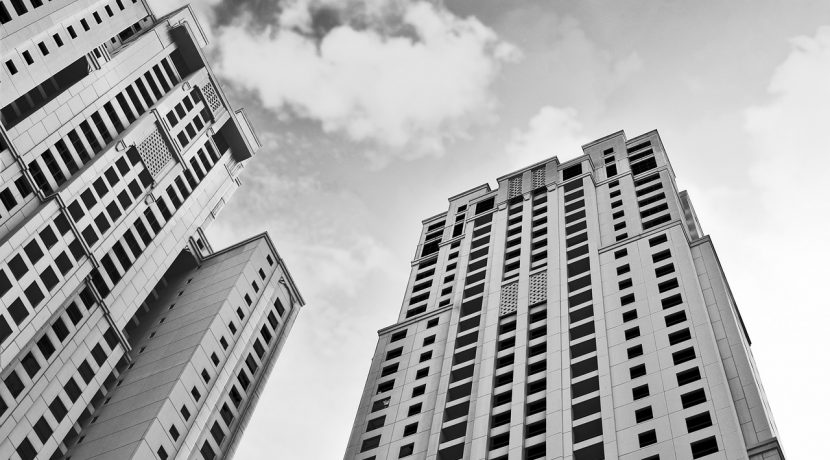Why some Dubai residents are abandoning the high-rise lifestyle
As apartment and villa rents reach parity, the ‘down-to-earth’ trend gains momentum
According to the Centre of the Council on Tall Buildings and Urban Habitat (CTBUH), Dubai hosts almost 20 per cent of the world’s tallest completed buildings. Towering buildings can be seen in almost any direction, giving a sense of awe and wonder to anyone. With 50 per cent of the city’s skyscrapers functioning as residential buildings, Dubai does not fall short of the high-rise lifestyle in properties reaching 150m to 300m and even more above the ground. Its appeal includes the breath-taking views and literally and figuratively, living the “high” life.
However, in our third-quarter real estate review last year, our research has observed families in high-rise Dubai Marina as well as neighbouring areas shifting to ground-level dwellings located further east, mainly being driven by the fact that annual market rents were not too dissimilar with the added benefit of having a garden, a garage and generally more living space, albeit 10-15 minutes further away from their original abode.
This year’s scheduled new villa stock exceeds 12,000 units from projects such as Nshama’s Zahra town houses
But what is the driving reason behind this “down to earth” phenomenon? Traditionally, two- and three-bedroom villa and town house landlords in Dubai ask for relatively higher rents than their apartment counterparts. This was mainly due to the imbalance of apartment supply when compared to villas, as within the freehold residential space only 14 per cent of ready supply is estimated as ground-level homes. This bias towards high-density communities led to the vastly desired town houses, thus increasing their asking rents in the process. But not anymore. The last two years saw no less than 8,400 freehold villas completed.
Emaar alone handed over 2,400 villas and town houses within Arabian Ranches and Reem communities. Nakheel completed 1,300 Warsan Village town houses, Dubai Properties delivered 570 Mudon villas and more than 500 villas were completed in Damac Hills. This year’s scheduled new villa stock exceeds 12,000 units, mainly coming from Damac’s Akoya Oxygen and Damac Hills, in addition to Nshama’s Zahra, Safi and Hayat town houses, with more villa and town house completions expected from Emaar, Dubai Properties and Meydan Sobha.
The mid-term overabundance of new supply has led to this healthy competition between apartments and villas, particularly those with two or three bedrooms, giving potential tenants plenty of choice.
Tenants wanting to shift to ground-level dwellings with the same number of bedrooms would effortlessly find alternatives within a choice of no less than 10 villa communities. For example, a typical 130-sq-m (1,400-sq-ft) two-bedroom apartment in Jumeirah Beach Residence rents for Dh145,000 per year. For the same price you can get a larger 185-sq-m (1,990-sq-ft) villa in Arabian Ranches. A typical 200-sq-m (2,153-sq-ft) three-bedroom apartment in Dubai Marina rents for an average of Dh190,000 per year, is equivalent to a 380-sq-m (4,096-sq-ft) villa in Mudon.
As a consequence, in the medium term landlords of two- and three-bedroom apartments in high-rise locations would need to adapt to this phenomenon and offer further incentives and/or adjust the rents in accordance with current market supply-demand dynamics.
All rights reserved to the initial publisher for Gulf News
Collected and published by Arms &McGregor International Realty® editorial team. Get in touch with us at [email protected]
Source: ValuStrat

